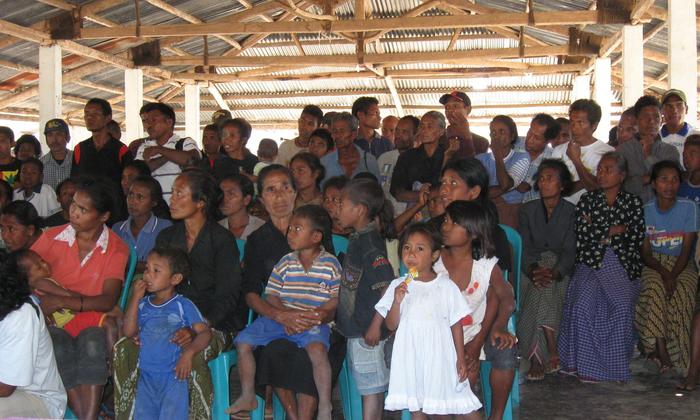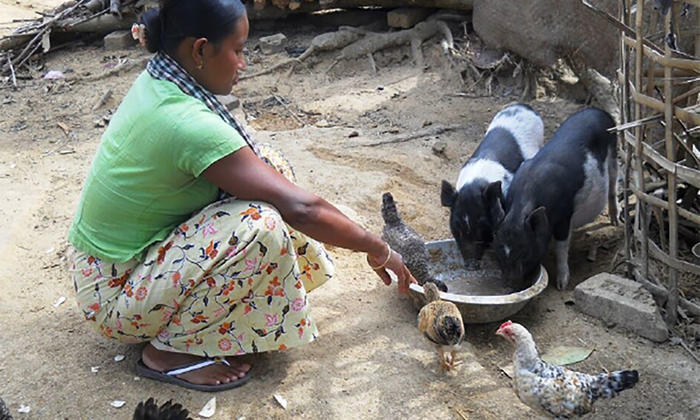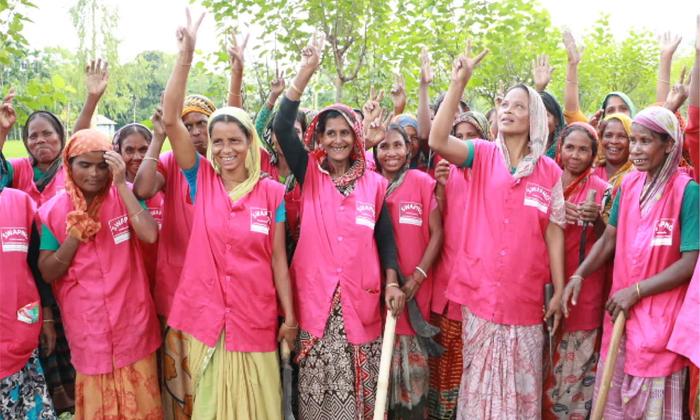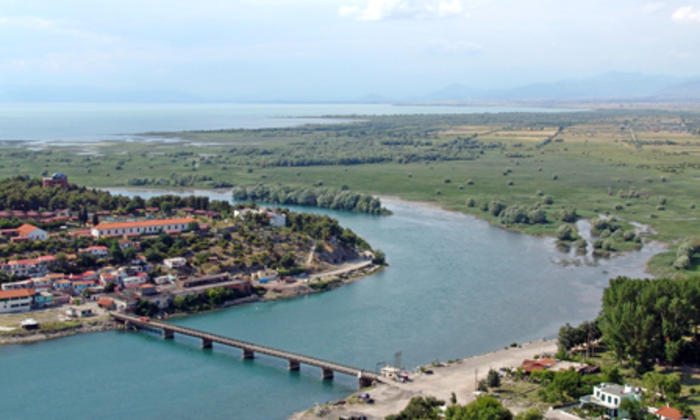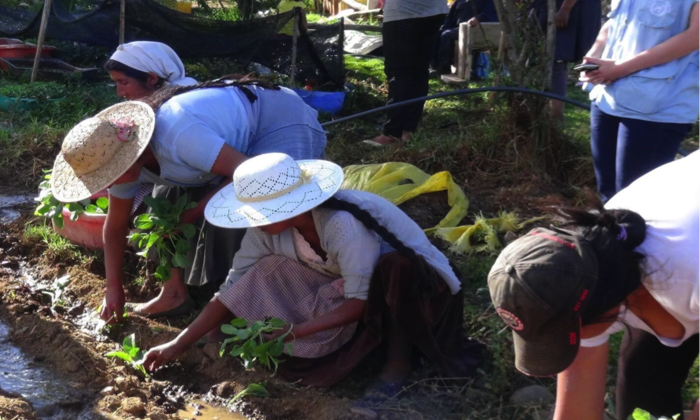The Trarza, Brakna and Assaba regions of Mauritania were especially vulnerable due to high poverty rates, recurrent drought, desertification, food insecurity, pressure on natural resources, lack of environmental infrastructure and insufficient capacity to address these problems at the policy level
Case study
Mauritania converts national policies into concrete action on natural resource management
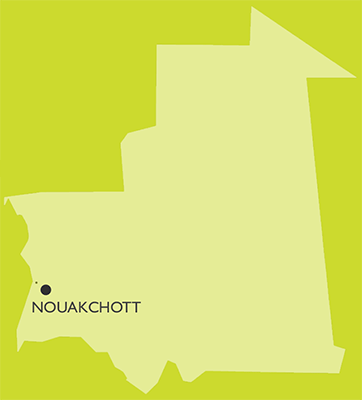
SDGs ADDRESSED
This case study is based on lessons from the joint programme, Mauritania: mainstreaming local environmental management in the planning process
Read more
Chapters
Project Partners
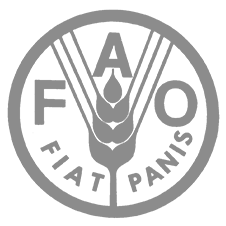
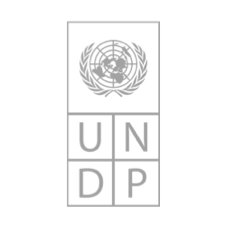
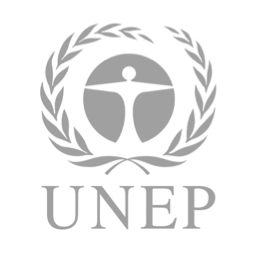
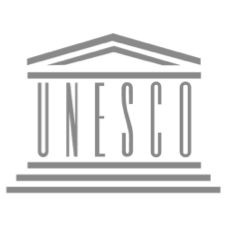
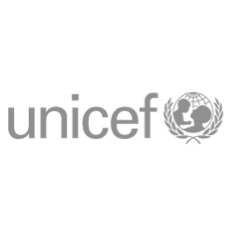
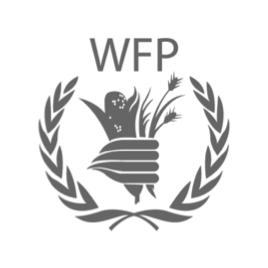
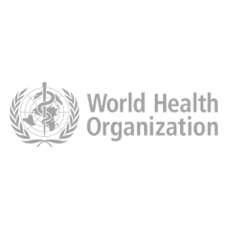
1. SUMMARY
At the beginning of the joint programme, “Mainstreaming local environmental management in the planning process” (the Programme), southwest Mauritania faced considerable environmental problems. These included deteriorating natural resources, populations living in conditions of poverty, precarious health and a lack of basic services. In rural areas, only 20 per cent of households had access to sanitation. Nearly two thirds of people lived below the poverty line, further exacerbating resource degradation. The Programme promoted sustainable management of natural resources, improved access to water and sanitation, and ensured that environmental issues were mainstreamed at the national, local and inter-sectoral levels.
The Mauritanian government, supported by seven UN agencies, designed and implemented the Programme in three selected regions: Trarza, Assaba and Brakna. The coalition tested how national environmental policy mainstreaming could further initiatives to decentralize natural resource management and implement field related activities to combat poverty. Integrating natural resource use and income generation into local plans, as envisaged in Agenda 211, was key to replicating best practices from the Programme field projects in other regions.
1 https://sustainabledevelopment.un.org/content/documents/Agenda21.pdf
Dune stabilisation
2. THE SITUATION
Mauritania was among the world’s poorest countries, despite being rich in natural resources. The Trarza, Brakna and Assaba regions were especially vulnerable due to high poverty rates, recurrent drought, desertification, food insecurity, pressure on natural resources, lack of environmental infrastructure and insufficient capacity to address these problems at the policy level. Further, strategic documents such as the Poverty Reduction Strategy Paper (PRSP) and other regional policies did not take into account intersections between poverty and environmental degradation.
Since 2000, the Mauritanian government had designed, but not implemented, many environmental policies to meet the Millennium Development Goals (MDGs). The most vulnerable populations continued to suffer from increasing environmental instability. Upon Programme implementation, there was a strong perception that these policies had been ‘on paper plans’ with little practical impact. Environmental mainstreaming was viewed more as including environmental issues into existing policies or plans, rather than institutionalizing a new way of thinking.

Gum production
3. STRATEGY
The Programme target regions of Trarza, Brakna, Assaba, were selected based on a vulnerability survey conducted by the World Food Programme (WFP), United Nations Children’s Fund (UNICEF), the United Nations Development Programme (UNDP) and the United Nations Environment Programme- Poverty and Environment Initiative (UNEP-PEI). The Programme determined the following objectives, based on the survey’s results:
- To implement participative environmental and poverty reduction projects designed to achieve the sustainable management of natural resources, and the promotion of hygiene and sanitation, while giving priority to national ownership and sustainable development.
- To enhance national capacity for improved mainstreaming of environmental challenges into central and decentralized planning processes.
- To enhance income generation and combat poverty through improved management of the country’s natural resources.
The Programme took a participatory approach towards implementation. A Management Committee of all UN agencies’ focal points, ministry focal points, and representatives of civil society and the private sector, supervised Programme activity implementations, follow up and regular updates on progress. This coordination team was in charge of supervising monitoring and evaluation, creating synergies between all actors and proposing corrective actions during the implementation phase itself. A local monitoring and evaluation team provided additional support to the Programme’s initiatives.
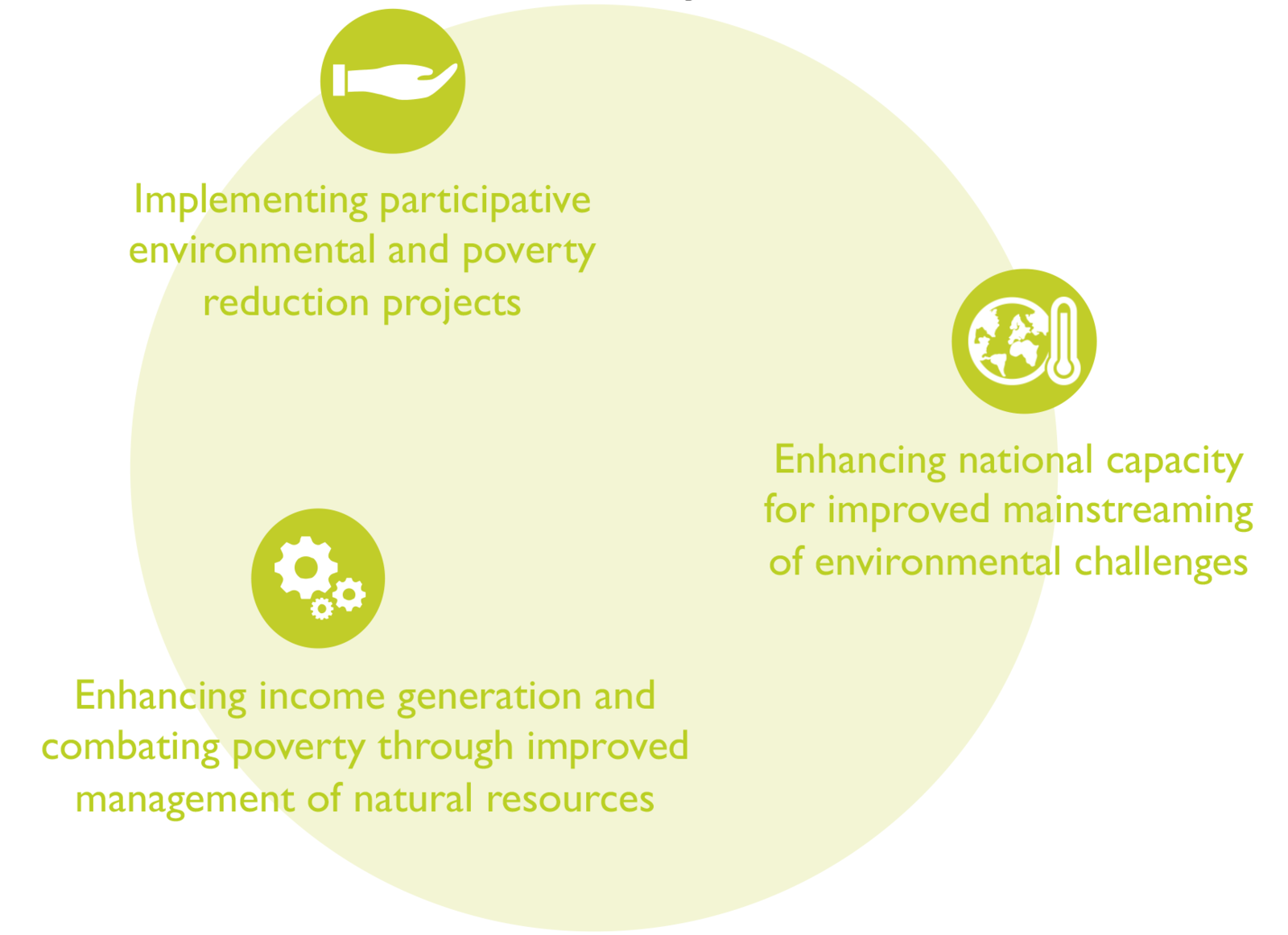
4. RESULTS AND IMPACT
National and sub-national partners realized that cross-sectoral and government coordination could yield more effective natural resource management and poverty reduction. The improved dialogue between all sectors brought change to the most vulnerable and poorest areas of the country, and successfully reversed the trend of natural resource degradation. These interventions resulted in tangible actions that included:
- Creating favourable conditions for restoring natural ecosystems in the targeted areas and improving and diversifying the income of local communities. 6,000 households improved their revenue.
- Populations residing in 155 areas of intervention, trained and supervised by about 30 NGOs, actively contributed to the regeneration of 800 hectares of gum trees, the development of 295 hectares of silvopasture, the stabilisation of 742 hectares of dunes, and the protection of 5,800 hectares of agricultural land, 65 schools, 14 health centres, 490 shops, 60 markets, 260 water points, and numerous traditional and modern habitats.
- Regenerating 20 hectares of mangroves in the area of Diawling National Park: this required the cultivation and transplanting of 40,000 plants by the villagers. In addition, villagers organized in cooperatives and supported by NGOs managed three classified forests in a participatory manner.
- Substantially improving governance in the water sector by operationalizing the Standing Committee of the National Water Council and developing the Planning and Integrated Water Management project. In addition, 155 village committees and 25 village cooperatives were established.
- Facilitating access to clean water for nearly 28,000 beneficiaries in eight locations. More than 12,800 new households gained access to sanitation services and improved hygiene practices:
- Local communities built more than 6,500 latrines.
- More than 260 sites in the Trarza region were certified free of open-air defecation.
- More than 6,000 students and 90 teachers were trained in hygiene and sanitation.
- Six incinerators were established to destroy biomedical waste.
- For the first time in Mauritania, a strategic environmental and social assessment was established to strengthen national capacity to better understand the relationship between poverty and the environment. A national strategy for integrating the environment into public policy was developed, and the Programme also contributed to integrating environmental considerations in the local planning process.
- The integrated assessment of four wetland ecosystems fostered a better understanding of the state of the ecosystem and the link between poverty and environment. The study assessed potential services and benefits to be derived from these ecosystems as part of national efforts to fight poverty. A total of 102 environmental indicators and 36 combined indicators were developed. Three departments developed Agenda 21 sustainable development action plans based on a participatory and integrated approach.
- Improving the quality of strategic documents such as the new PRSP 3 (2011-2015) and the United Nations Development Assistance Framework (UNDAF) 2012-2016 by mainstreaming environment issues as major pillars of those documents.
5. CHALLENGES
The most challenging issue for decision makers was to design good policies and concrete interventions to benefit local communities. Although many environmental policies and strategic papers were designed since 2000, by the Mauritania government, to meet the MDGs, the degradation of natural resources was still affecting the most vulnerable populations nationwide.
The One UN approach, where seven UN agencies were working together towards achieving one goal, was initially a challenge. Yet the agencies affirmed their commitment to continuing this method even beyond the Programme’s funding window. Consequently, coordination improved, leading to more effective natural resource management and poverty reduction. This was especially relevant given that the initial Programme launch was delayed due to political instability.

Mangrove regeneration
Although many environmental policies and strategic papers were designed since 2000, by the Mauritania government, to meet the MDGs, the degradation of natural resources was still affecting the most vulnerable populations nationwide
6. LESSONS LEARNED
We drew three main lessons from the Programme:
- Environmental mainstreaming can be considered successful when the norms have been institutionalized and local institutions themselves chose to continue the activities after the formal end of a Programme. Domestic ownership should be emphasized throughout the project lifecycle through participatory mechanisms. In the case of the Programme, all substantive recommendations from strategic documents produced were used to formulate the PRSP 3 (2011-2015), including environmental governance priorities. Incorporating poverty and environment issues in this national policy document was a useful lesson learned and should be replicated for the next policy review document by national partners.
- Best practices from pilot projects at the local level should be included in local planning documents, as has been done in the case of the local Agenda 21 of each of the three targeted regions. These documents will help orient future natural resource management without dependence on external help.
- UN agencies not only improved their coordination mechanisms through the course of the Programme and committed to continuing such programming, but also realized that there was substantial room for improvement. The active agencies in the Programme committed to continue their joint work under the UNDAF 2012-2016 taking into account key recommendations from the Programme during its formulation.
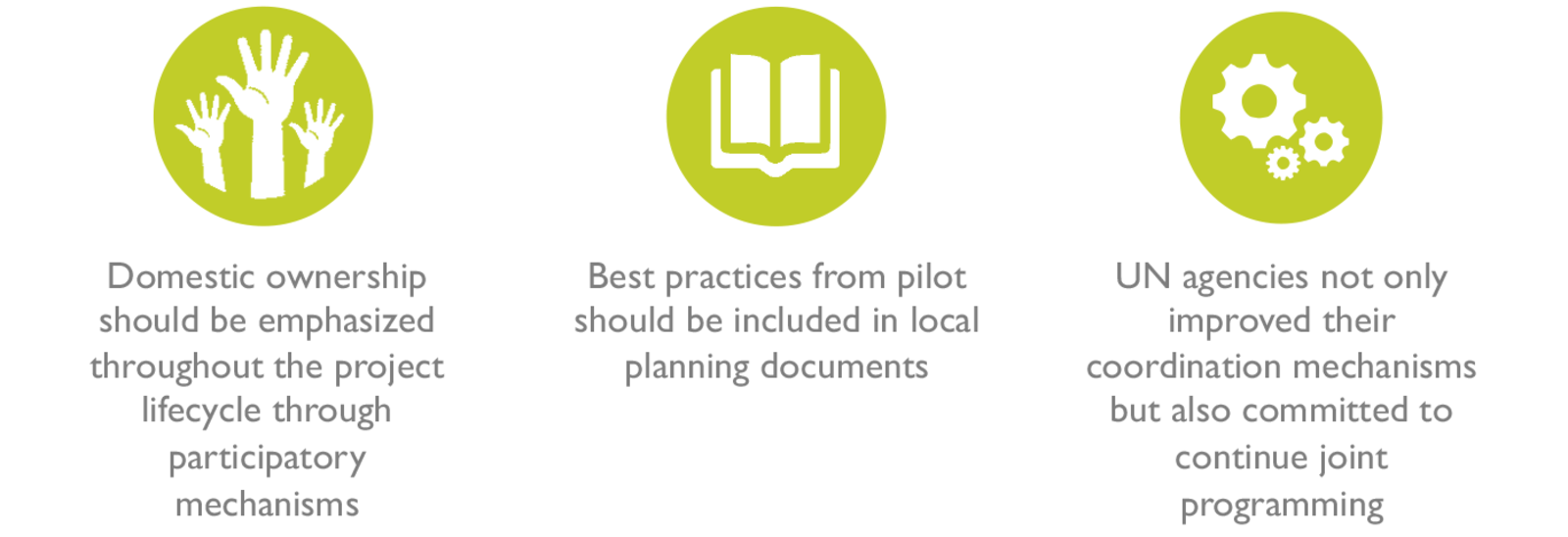
7. SUSTAINABILITY AND POTENTIAL FOR REPLICATION
The Programme’s approach of translating policies into field activities is already being replicated, both on the part of the UN agencies as well as local communities. During the Programme’s exit strategy meeting, all stakeholders expressed their commitment to continue with the national initiatives launched by the Programme. Various propositions were accepted:
To continue the Programme with UN agencies resources committed under the UNDAF 2012-2016 with a greater orientation on climate change;
To continue the Programme with less than five UN agencies and mobilize resources;
To continue the Programme with government funding to further develop on the most promising results.
All of the above options were already under discussion at the national level at the close of the Programme.
The experience of the Programme can certainly be useful to others who recognize the value of environmental mainstreaming and want to develop concrete interventions. Key factors to consider are:
Mainstreaming the environment into policies is a necessary, but not a sufficient, part of ensuring better environmental and natural resource management. Policy mainstreaming must be supplemented by concrete interventions which recognize and counteract poverty-environment linkages. Best practices derived from the Programme’s activities can be used as a basis for further replication.
Ownership of the environmental mainstreaming activities is an essential component to ensure that the concept becomes the new norm and is incorporated by local partners. This can be achieved by emphasizing a participatory approach throughout the project’s life cycle.
UN agencies themselves must also mainstream and normalize the concept of integrated environmental management. This can also act as a best practice for other related agencies, such as government ministries or community organizations, and demonstrate the benefits of cross-sectoral coordination and collaboration.

Latrine construction

